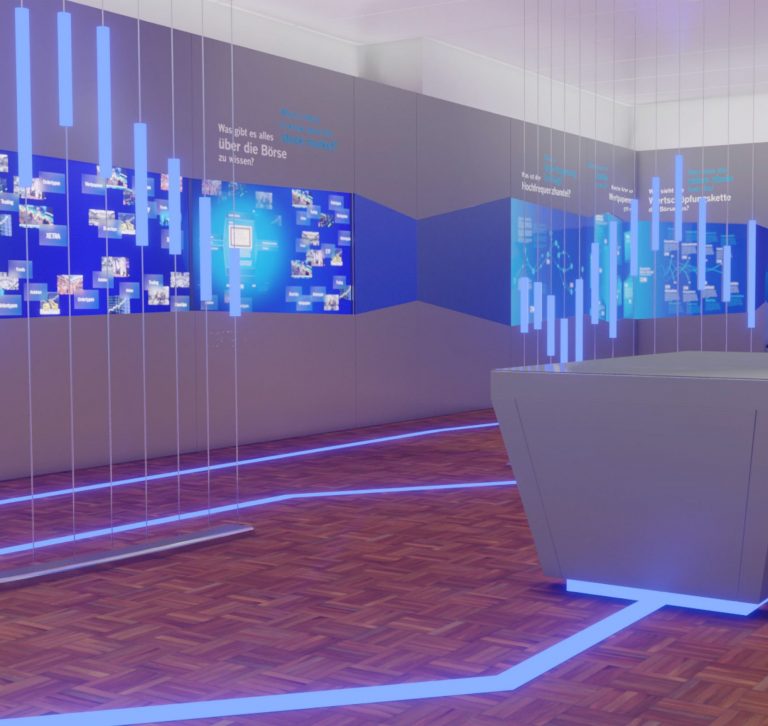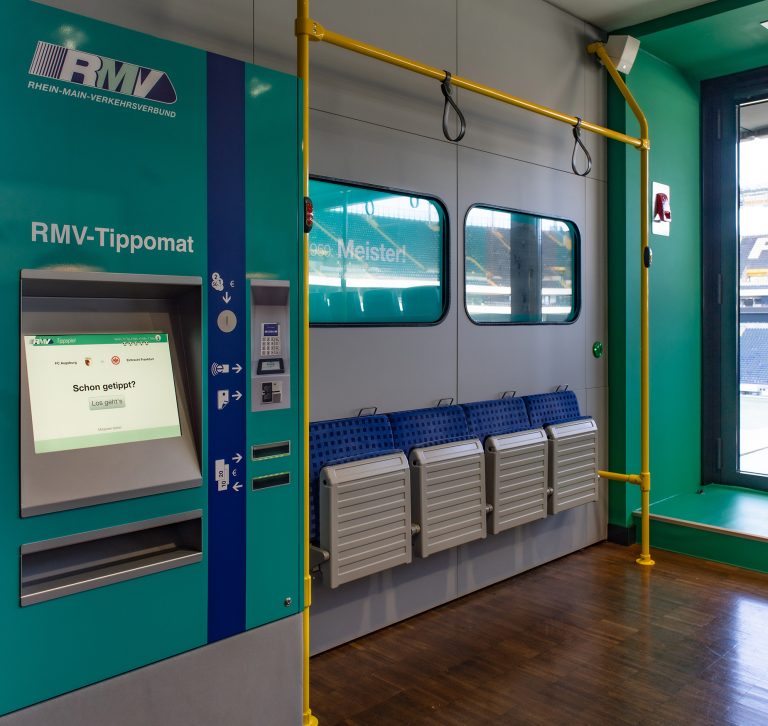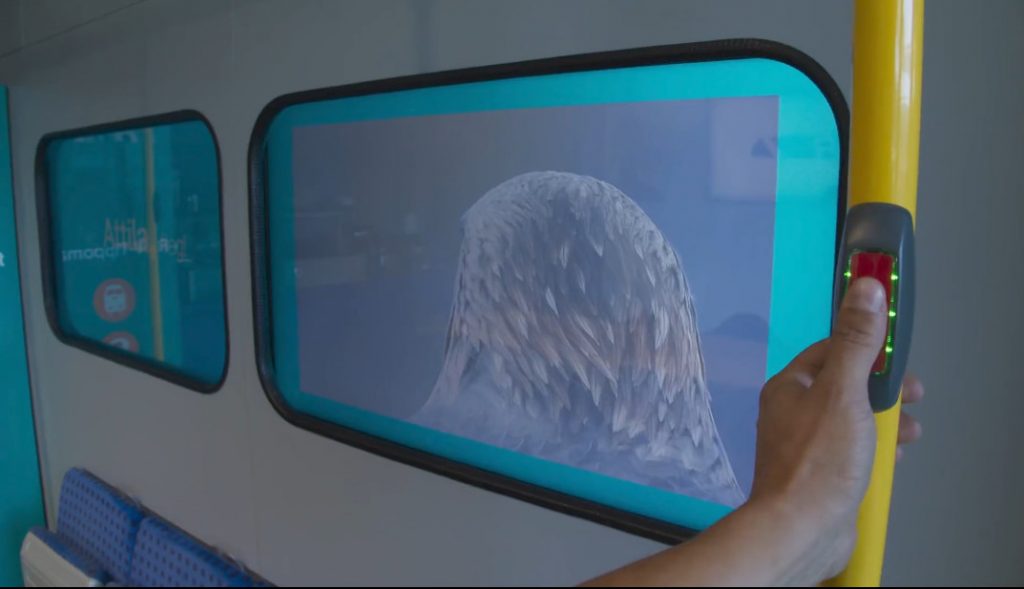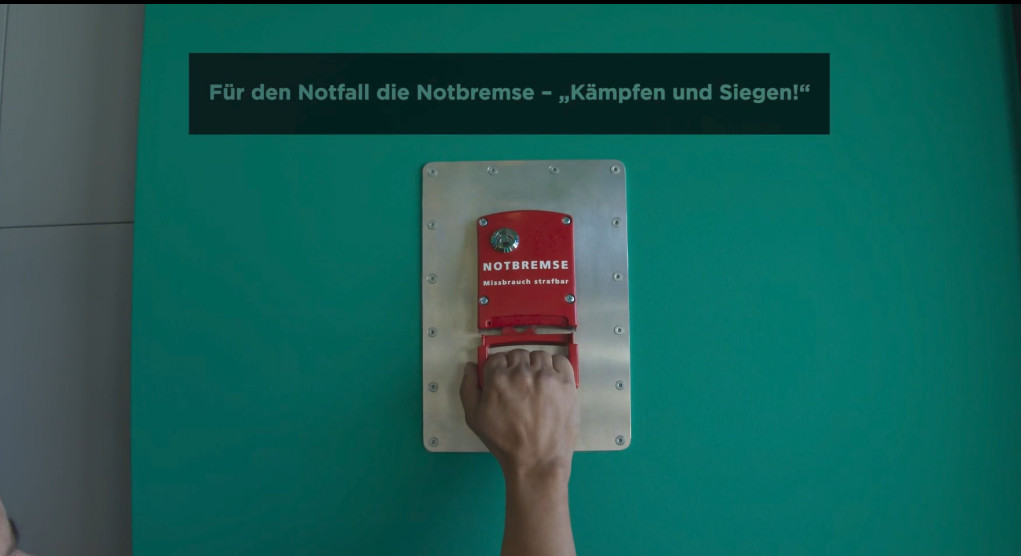DEUTSCHE BÖRSE VISITORS CENTER
During my work at Cosalux I had the opportunity to work on a big project: the “Deutsche Börse Visitors Center” in the historical stock exchange building in downtown Frankfurt am Main/ Germany. The installation will provide visitors with extensive information about Deutsche Börse using newest technologies.
My part was to develop most of the hardware aspects of the installation as well as implementing a big 3x 4K 86″ interactive touchscreen and supervising the development of a 4K interactive touch-table.
The big interactive touchscreen, which we internally called touchwall (because its as big as a whole wall), provides all kinds of information to visitors and can be used by multiple visitors at the same time (up to 6). It’s using a infrared touch interface and is displayed using 3 86″ 4K monitors. The application itself uses Microsoft UWP because it was the only framework capable of rendering such a big resolution (11520×2160) and also provide useful multitouch gestures.
The touch-table provides additional interactive content, such as a trading simulation in which you can simulate different investments in stock exchanges as well as interactive videos. It also can be used by multiple users simultaneously and from all around the table.
Besides the two interactive touchscreens my job was to supervise some hardware installations like an modified old telephone which simulate dealer office calls during the 80s or motion sensors to trigger videos on big screens.
The whole installation is remotely controllable using building automation technology using KNX and other proprietary protocols. My job was to implement this automation and make sure everything turns off during the night and turns on in the morning again.
Most of the installation is running on redundant servers using virtualization and PCIe passthrough technology. My part was it to also install this server system and make sure everything can be switch over to the redundant system if anything fails on the main servers.
Additional images will be added as soon as the installation openes officially.






